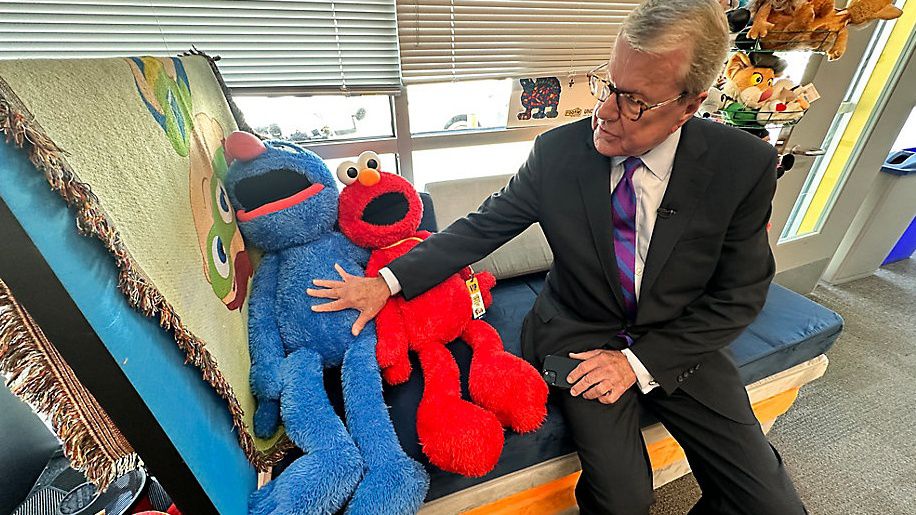WAKE COUNTY, N.C. — Wake County Public School System leaders released a report which shows 240 students were restrained or isolated behind a locked door 864 times between July and December.
At least 75% of those involved elementary students, according to the internal report.
North Carolina law does allow students to be secluded or restrained to prevent injury or property damage, but only as a last resort.
The mother of a student who sued the district for its seclusion and restraint measures sat in on Wednesday’s board presentation.
Jocelyn Pease said it wasn't until a friend was eating lunch with their own child and saw Pease's daughter being restrained that she found about the issue.
“From what I can tell from the first instance from my daughter, she was hiding under a table after she was asked to do something and couldn’t do it, and then pulled out from under that table by her leg is her memory,” Pease said.
Pease is the mother of a child diagnosed with learning disabilities.
She filed a lawsuit in 2020, accusing the school district of trying to cover up the controversial disciplinary measures taken against her then 9-year-old daughter at Scotts Ridge Elementary School in Apex.
The outcome of the lawsuit led to WCPSS being ordered to pay $450,000 to the family and to change its restraint and seclusion methods.
“I was furious, and I was devastated,” Pease said.
Disability Rights North Carolina, a nonprofit organization promoting advocacy and transparency, defines “confining a student alone in an enclosed space in which the student is prevented from leaving” as seclusion. Its definition of restraint is “using physical force to keep a student from moving all or part of his/her body freely.”
“It was deeply disappointing to hear those educators clinging to the thought that sticking a kid in a closet for an emergency is a good thing for that child,” Pease said.
Multiple parents said there is no justification for these protocols.
“There’s no reason the district can’t change their policy,” Pease said. “Anyone who says that it is all good or beneficial or allows the child to self-regulate is flat-out wrong."
The school district released the report in response to Pease's lawsuit. It includes definitions of seclusion and restraint, as well as when it needs to be reported. It also includes plans for further de-escalation training.
In a meeting on Thursday, district officials discussed alternative methods, and how the district got to their number.
"It is more of a typical occurrence where our students with disabilities become disregulated where the need for either seclusion to reregulate or to escort them elsewhere is needed in order for safety of self and safety of others, hence giving us our count,” said Jamal Woods, Director of Student Due Process.
The reports will be released twice a year going forward.
Spectrum News 1 reached out to the district for more information on the use of restraints, the past lawsuit and training procedures.









